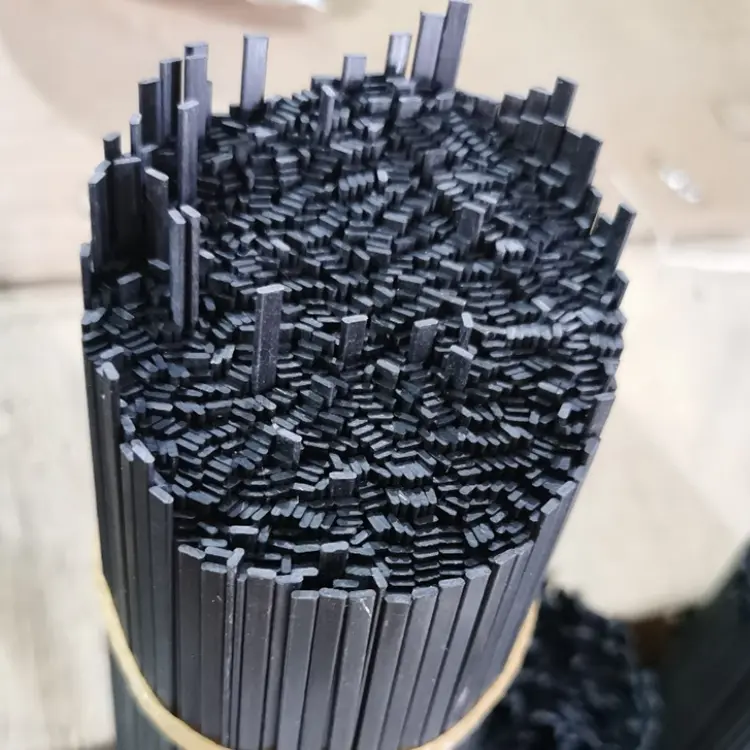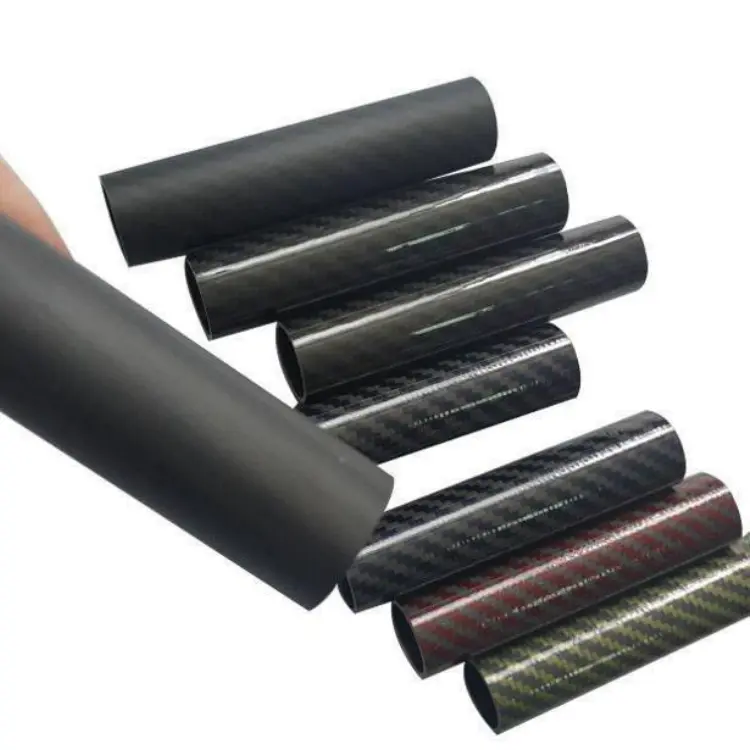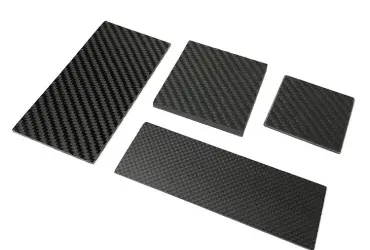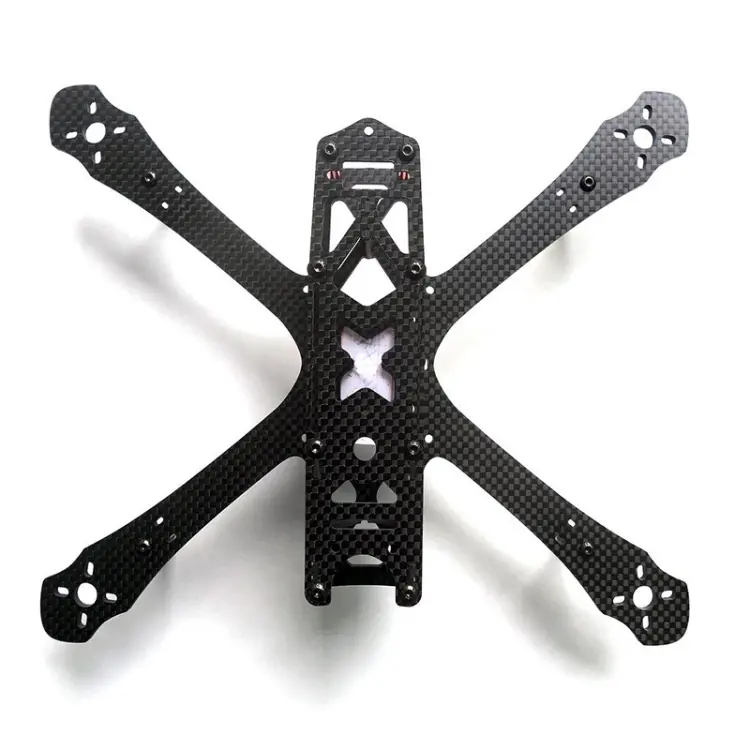Carbon Fiber Strips for Reinforcement: The “Invisible Rebar” Enhancing Composite Panels
— A Full‑Chain Guide from Material Selection to Engineering Deployment
1. Market Pain Points
Conventional composite panels (aluminum honeycomb, FRP skins, wood‑cored sandwiches) are prone to:
- Local denting
- Edge delamination
- Overall buckling
under concentrated loads, edge impacts, or long‑term fatigue. Carbon Fiber Strips—known for their small form factor, high strength, and ease of embedding—boost local stiffness and fatigue life by 2–5× without significant weight penalty.
2. Product Overview
| Size (W×T) | Fiber Grade | Areal Weight (g/m) | Tensile Strength (MPa) | Typical Length (mm) | Process |
|---|---|---|---|---|---|
| 10×1 mm | T700‑12K | 19 | 3 500 | 50–3 000 | Pultrusion |
| 15×2 mm | T800‑12K | 57 | 4 200 | 50–3 000 | Pultrusion |
| 20×3 mm | T800‑12K | 114 | 4 200 | 50–3 000 | Pultrusion |
| 25×4 mm | M40J‑6K | 190 | 4 000 | 50–2 000 | Compression Molding |
3. Reinforcement Mechanism
- Local Stiffness Increase:
Strips act as “micro‑flanges,” raising panel bending stiffness (EI) by 150–300 %. - Edge Delamination Prevention:
U‑shaped strip wrap + epoxy adhesion yields 2.8× increase in edge shear strength. - Fatigue Life Extension:
Strips interrupt crack propagation paths; after 10⁶ cycles, residual strength remains ≥ 90 %.

4. Four Core Reinforcement Scenarios
| Application | Panel Type | Strip Layout | Outcome |
|---|---|---|---|
| EV Bus Floor | Aluminum Honeycomb | 20×3 mm longitudinal @ 300 mm | – 28 % weight; local denting ↓ 90 % |
| Solar UAV Wing Skin | CFRP Skin | 15×2 mm dual strips | EI ↑ 220 %; wingtip deflection ↓ 60 % |
| Logistics Van Side Panels | Wood‑cored | 10×1 mm U‑edge wrap | No delamination under forklift impact; maintenance ↓ 70 % |
| Offshore PV Floats | GFRP Panels | 25×4 mm circumferential + longitudinal | Fatigue life in waves ↑ 4×; corrosion‑free |
5. Embedding Process in Three Steps
- Groove Milling:
CNC‑mill a 0.1 mm interference slot, depth = strip thickness + 0.2 mm. - Epoxy Injection:
Apply structural epoxy (shear ≥ 25 MPa) on both strip faces, bondline ≈ 0.1 mm. - Curing:
- Room temperature: 24 h to full strength.
- Accelerated: 80 °C for 2 h under 0.1 MPa pressure to eliminate voids.
6. Selection Calculator (30‑Second Results)
Input: Panel length L (m) | Uniform load q (kN/m) | Allowable deflection δ (mm)
→ Output: Required strip width, thickness, spacing, and estimated weight.
7. B2B Delivery Capabilities
- Rolls: 100 m per roll, 48‑h dispatch
- Secondary Services: Laser cutting, chamfering, drilling, adhesive backing
- Quality Assurance: Each batch includes mechanical test report and epoxy compatibility chart
One‑Sentence Summary
Carbon Fiber Strips act as the “invisible rebar” in composite panels, maximizing stiffness, fatigue life, and cost efficiency at the millimeter scale.





